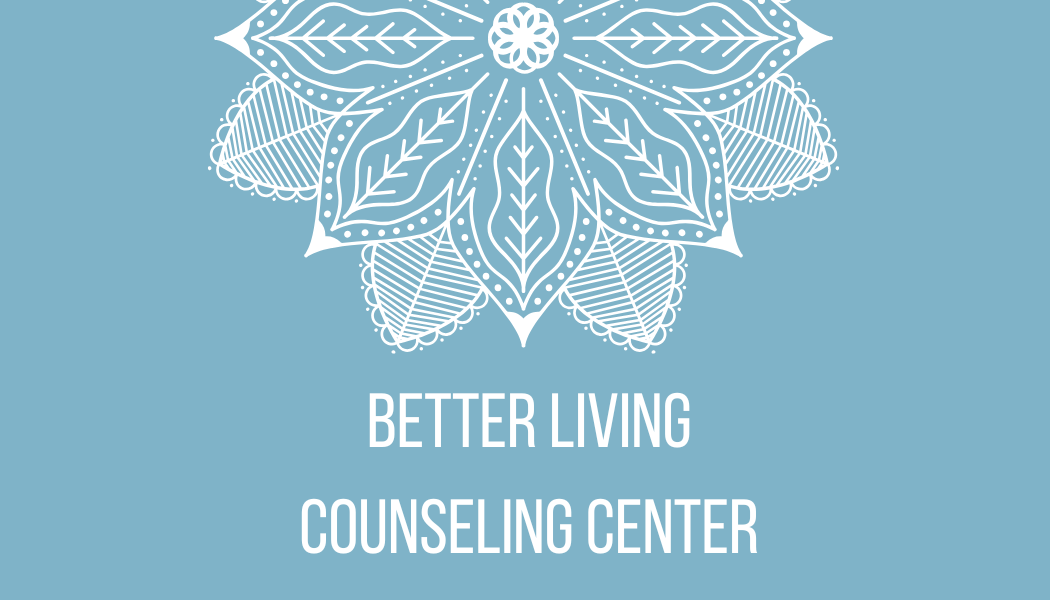Understanding Autism Spectrum Disorder

April is National Autism Acceptance Month with April 2nd being World Autism Awareness Day. Autism traditionally has been a misunderstood diagnosis, which has led to stigma and discrimination. As mental health providers, we are responsible for raising awareness of an accurate understanding of Autism Spectrum Disorder.
Autism is a bio-neurological developmental disorder that generally appears before the age of 3 that impacts the normal development of the brain in the areas of social interaction, communication skills, and cognitive functioning. Individuals who are diagnosed with Autism Spectrum Disorder typically have difficulties in verbal and non-verbal communication, social interactions, and leisure or play activities. While the prevalence of Autism is approximately 1 in 36 children according to the National Autism Association, the presentation varies greatly by individual and no two people with Autism are alike.
Early signs of Autism Spectrum Disorder can vary widely, however, some common indicators include:
- Social Interaction
- Limited eye contact or avoidance of eye contact
- Lack of interest in social interactions or difficulty engaging with others
- Difficulty understanding social cues or body language
- Lack of reciprocal play or sharing interest
- Communication
- Delayed or absent language development
- Repetitive use of words or phrases
- Differences in intonation or rhythm of speech
- Behaviors
- Repetitive movements, such as rocking, spinning, or hand flapping
- Intense interests or obsessions with specific objects or activities
- Sensory sensitives, such as over- or undersensitivity to sounds, textures, or lights
- Resistance to changes in routine or environment
- Other
- Delayed motor skills, such as crawling or walking
- Lack of joint attention, such as pointing to an object and looking at the other person
- Unusual facial expressions or lack of facial expressions
- Difficultly understanding or using non-verbal communication, such as facial gestures or body language
Steps to obtain an Autism Spectrum Diagnosis
1. If you or your child are experiencing signs of Autism, reach out to your Primary Care Physician to express concerns. Your physician will likely refer you to a specialist including a developmental pediatrician, psychologist or psychiatrist for further assessment.
2. The diagnostic process involves:
· The specialist conducting interviews with you and/or caregivers to gather information about one's developmental history, behavior, and social interactions.
· Observing the individual's behavior and communication skills in different settings.
· Administering various standardized diagnostics tools such as the Autism Diagnostic Observation Schedule (ADOS) and the Autism Diagnostic Interview-Revised (ADI-R). Depending on the individual's age and presenting symptoms, additional tests, such as cognitive and language assessments, may also be used for diagnostic purposes.
Supporting someone with Autism Spectrum Disorder involves understanding their unique communication styles, sensory sensitivities, and potential challenges with social interactions. Below are tips on how to support a loved one with Autism.
- Be direct and clear, avoiding ambiguity
- Allow extra time for processing, not rushing someone to respond and wait patiently
- Using visual aids can be helpful in communication
- Be aware of communication styles such as some individuals may communicate through writing, gestures, or alternative communication styles
- Engage in active listening to show that you care
- Provide specific feedback to assist the individual in determining what is appropriate or not
- Identify triggers by paying attention to their reactions to sounds, lights, smells and other sensory input
- Create a calm and predictable environment
- Offer calming activities
- Be patient and understanding
- Encourage the individual's interests
- Validate their feelings
- Educate yourself on Autism
- Respect their boundaries
Below are different national and local resources for Autism:
- https://www.keyassetskentucky.com/autism-resources/
- https://aflaba.com/
- https://www.jonespsyservices.com/
- https://ukhealthcare.uky.edu/kentucky-childrens-hospital/services/developmental-behavioral-pediatrics/autism-resources
- https://asbg.org/
- https://ask-lou.org/
- https://www.autismspeaks.org/resource-guide

